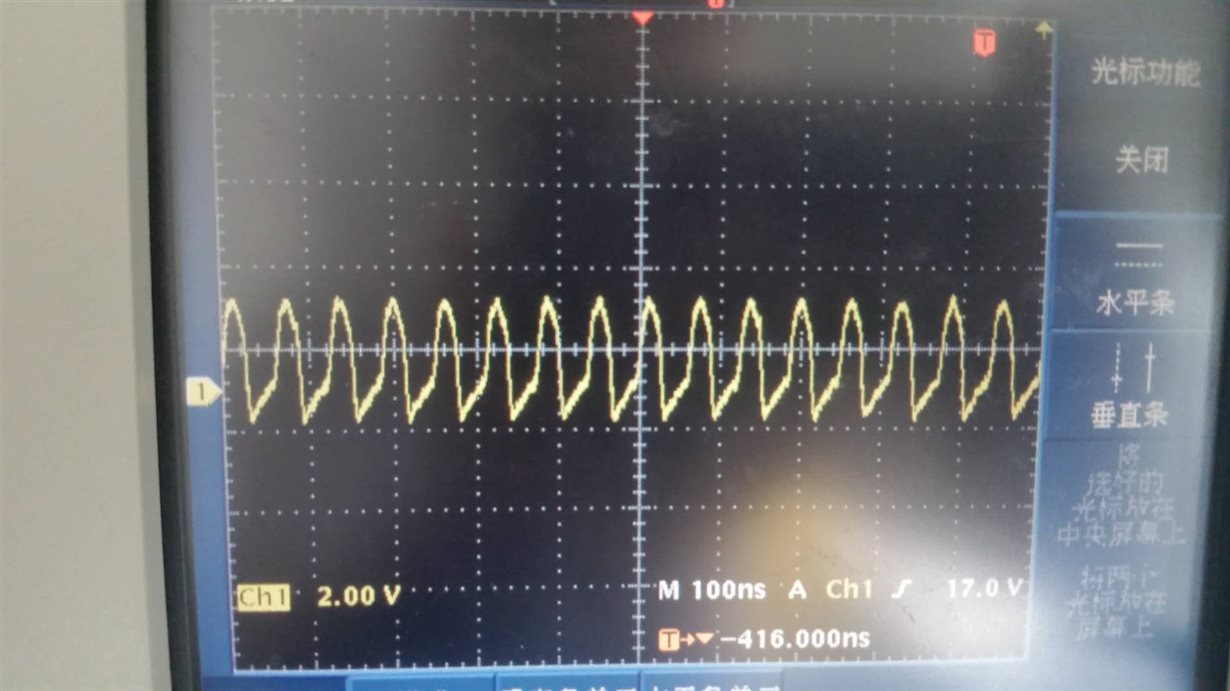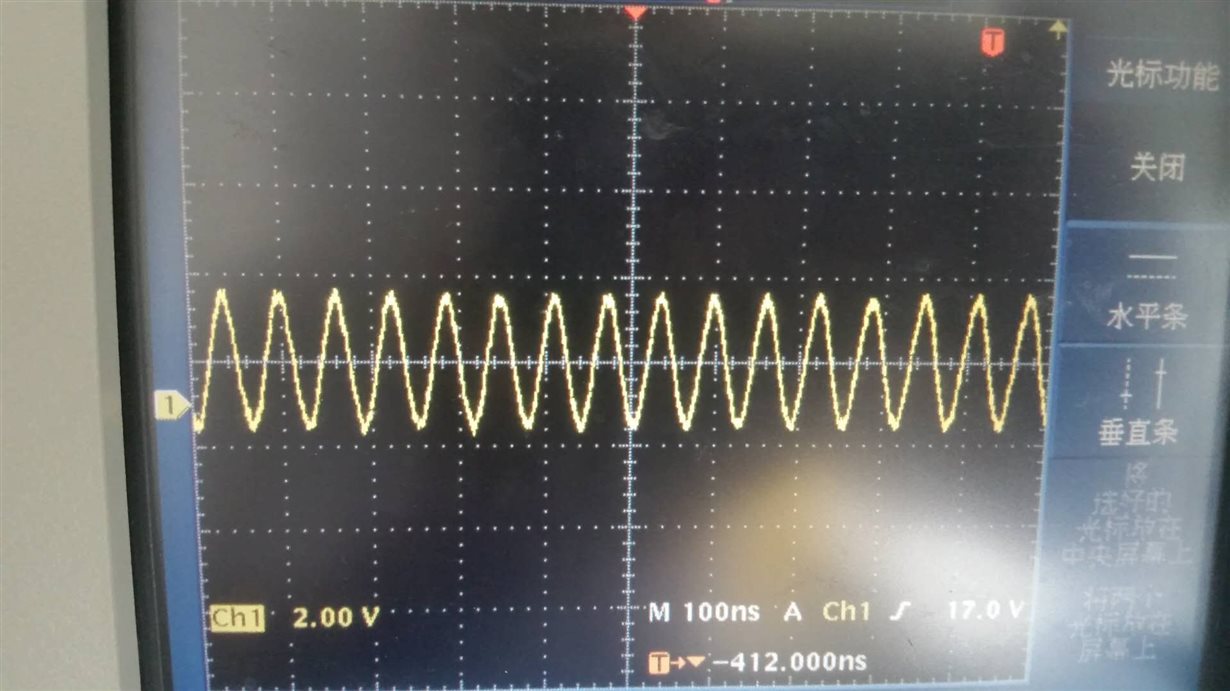We capture the similar waveform for XOSC1 pin on both Customer Board and TI LanuchPad as below, Customer ask what is the reason for the waveform is not pure sine-wave? What MCU performance it will affect?
-
Ask a related question
What is a related question?A related question is a question created from another question. When the related question is created, it will be automatically linked to the original question.



